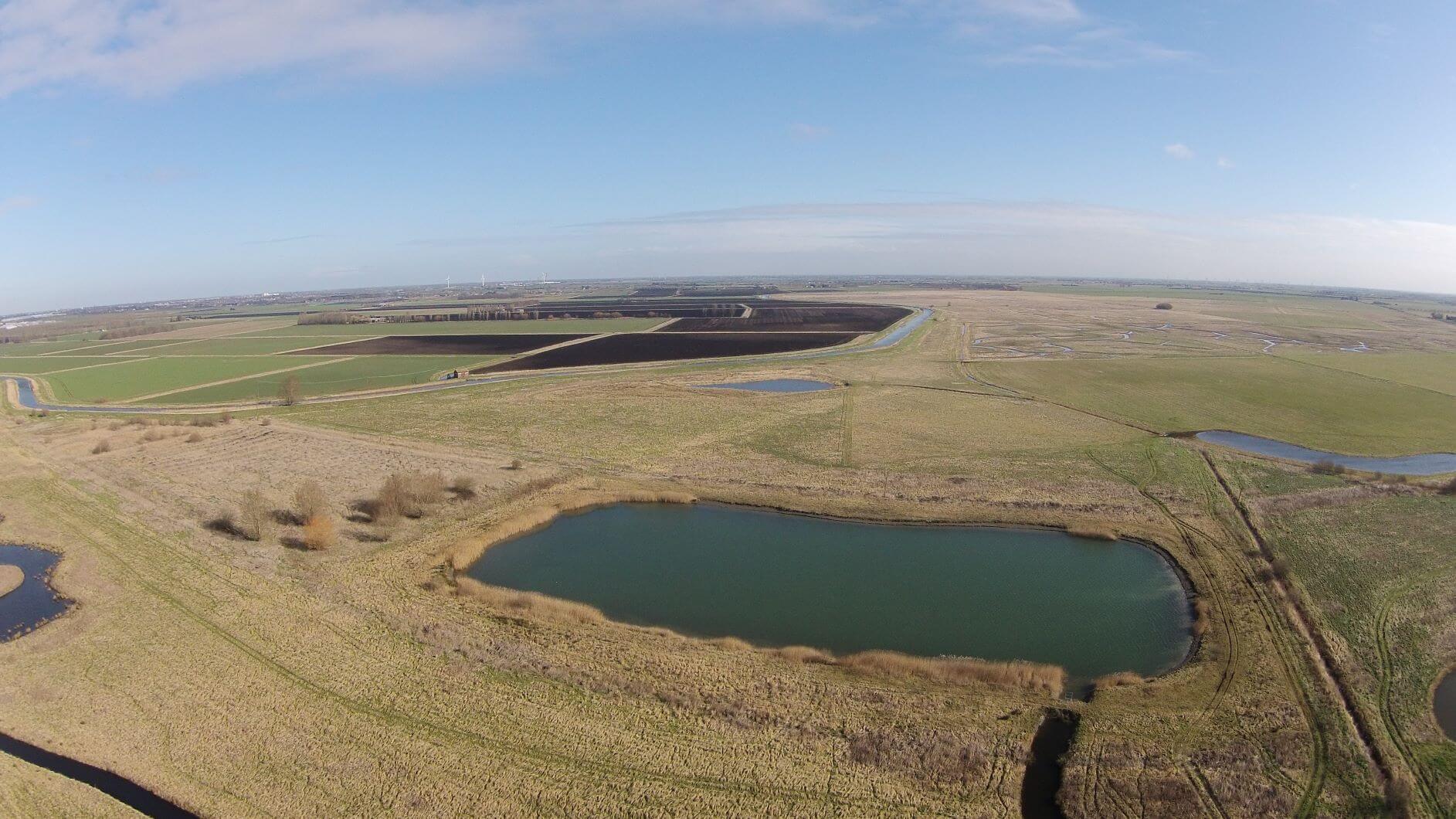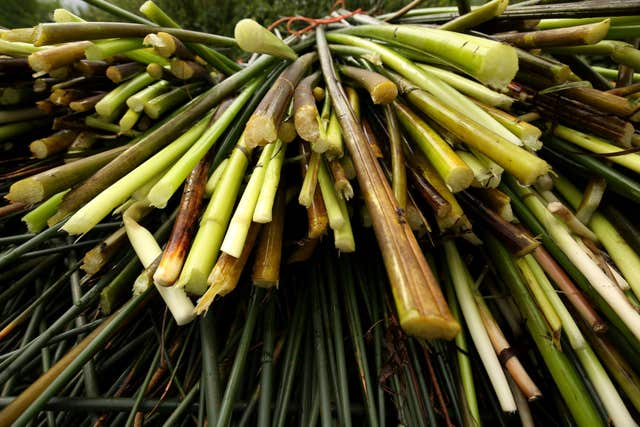A £1m project in the East Anglian Fens will test out whether crops that ‘like their feet wet’ such as bulrushes and moss can be economically viable.
Wetland Crops Could Help Cut Carbon Emissions – Experts
A £1m project in the East Anglian Fens will test out whether crops that ‘like their feet wet’ such as bulrushes and moss can be economically viable.

Developing farming systems with crops that “like their feet wet” could help protect soils and cut carbon emissions from peat-rich areas, experts have said.
A project in East Anglia’s Fens is testing out wetland crops such as bulrushes for biomass and home insulation boards, wild grain for food and wetland moss to replace peat in gardening.
Raising the water table to grow the crops will help prevent the peat soils blowing away, reduce the carbon dioxide emissions from soil drying out and store it instead, and offer benefits for wildlife, conservationists said.

It also aims to provide farmers with economically viable crops – including innovative new products, Bedfordshire, Cambridgeshire and Northamptonshire (BCN) Wildlife Trust said.
Farmers may also be able to access payments for natural services such as carbon storage and soil and wildlife protection as part of the Government’s planned post-Brexit shift to paying landowners for providing public goods.
The Government’s Nature Capital Committee has warned that cultivated peatlands such as the Fens, where black “Fen blows” blow away the dried-out soil, are losing about 1-2cm a year and emitting seven million tonnes of carbon dioxide.
Ultimately the peat will be completely lost, hitting the productivity of the important arable land, unless action is taken.

The Water Works project on the Great Fen aims to tackle these problems and is being run by BCN Wildlife Trust in partnership with Cambridgeshire ACRE, the University of East London and the Centre for Ecology and Hydrology.
The scheme has been awarded £1 million by the People’s Postcode Lottery Dream Fund.
Kate Carver, Great Fen project manager, said: “We are trying to create a more sustainable system for farmers through developing crops that grow in wetlands systems, crops that like their feet wet, which will protect the peat soils, and reduce carbon dioxide emissions.
“We are hoping we can prove these wetland crops can grow in the Fens and demonstrate they are economically viable for farmers, and help farmers protect their natural assets such as soil.”

She said she hoped that if the system could be proved to work, it would be adopted by neighbouring farms in the area and could eventually lead to changes in agriculture on any peat area in the UK and the world.
Crops being tested include bulrush whose tubers can used for animal fodder and stems can make building materials and cavity wall insulation when dried out, while sphagnum moss can be used to replace peat as a growing medium.
The seeds of Glyceria fluitans, also known as “floating sweet-grass” or “water manna grass” can be used to make porridge or milled for bread and could have a high value as a “niche” cereal.
Novel crops with edible or medicinal properties that will be trialled are likely to include meadowsweet, with ambitions for a meadowsweet-flavoured gin, yellow flag iris and wild celery.

As part of the trial, technology known as “carbon flux chambers” will be used to measure the carbon dioxide and methane with different crops and environmental conditions to find ones which can help store carbon.
The trials are taking place on farmland within the landscape of the Great Fen project to restore the important lost fen landscape around two remaining fragments of habitat, nature reserves at Holme Fen and Woodwalton Fen.
The 50-year project includes the creation of a mosaic of reedbeds, open water, woods and wet pasture to provide habitat for wildlife such as lapwings, bitterns, wading birds, water voles, beetles, butterflies, wildflowers and fungi.
Emily Beament is PA Environment Correspondent.
Thanks for signing up to Minutehack alerts.
Brilliant editorials heading your way soon.
Okay, Thanks!